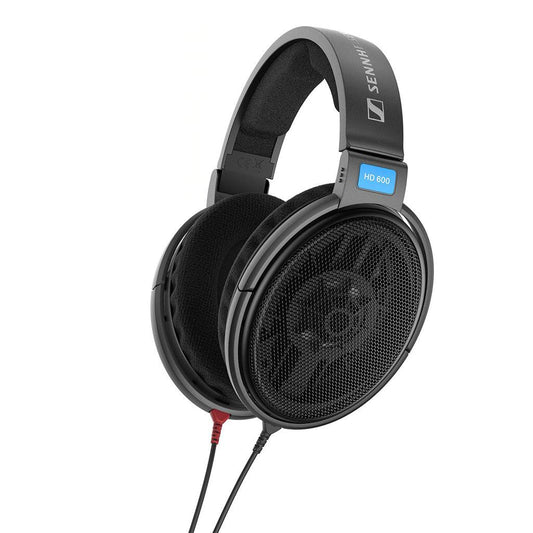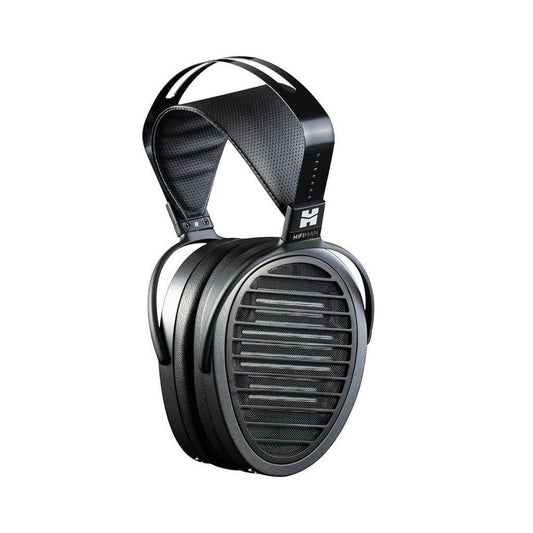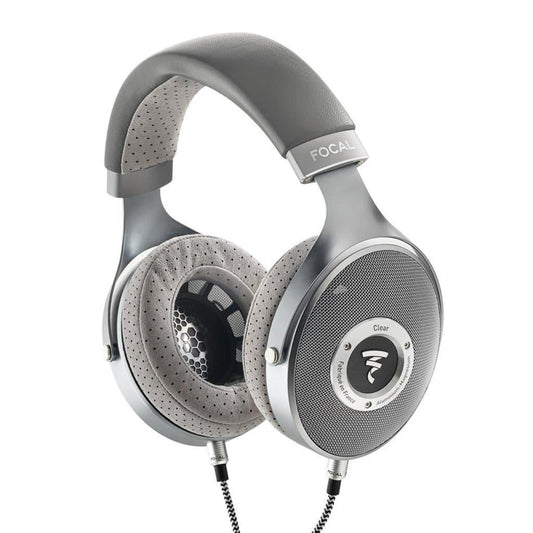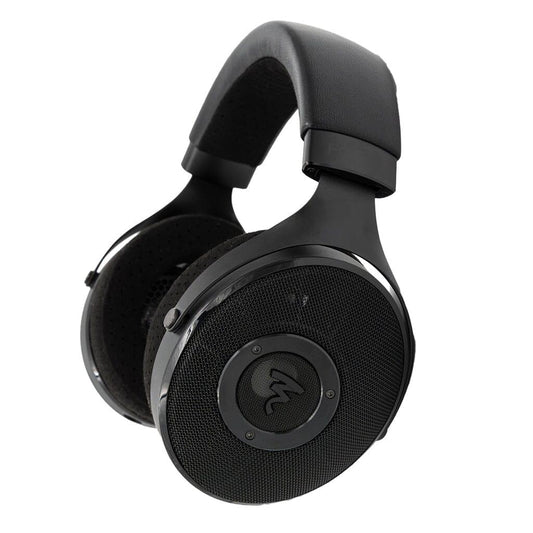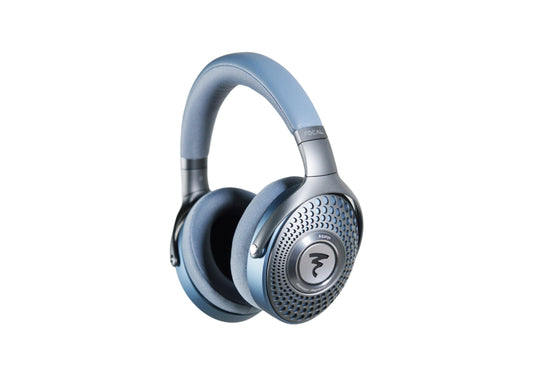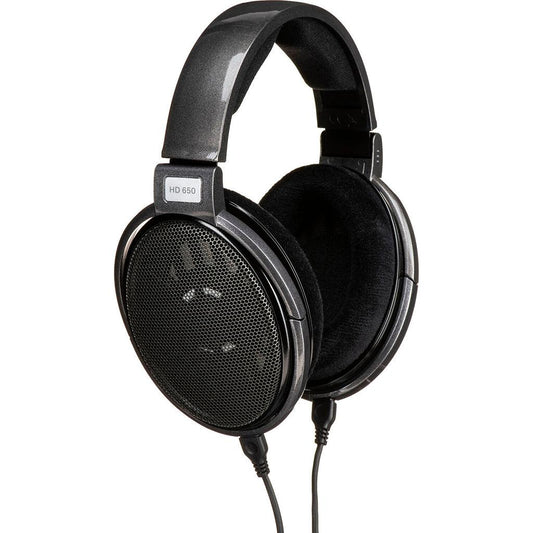Best Over-Ear Headphones of 2025 (Mid-Fi Edition)
Explore our choices for the top over-ear headphones under $1000 in 2025, including new releases as well as time-tested classics.
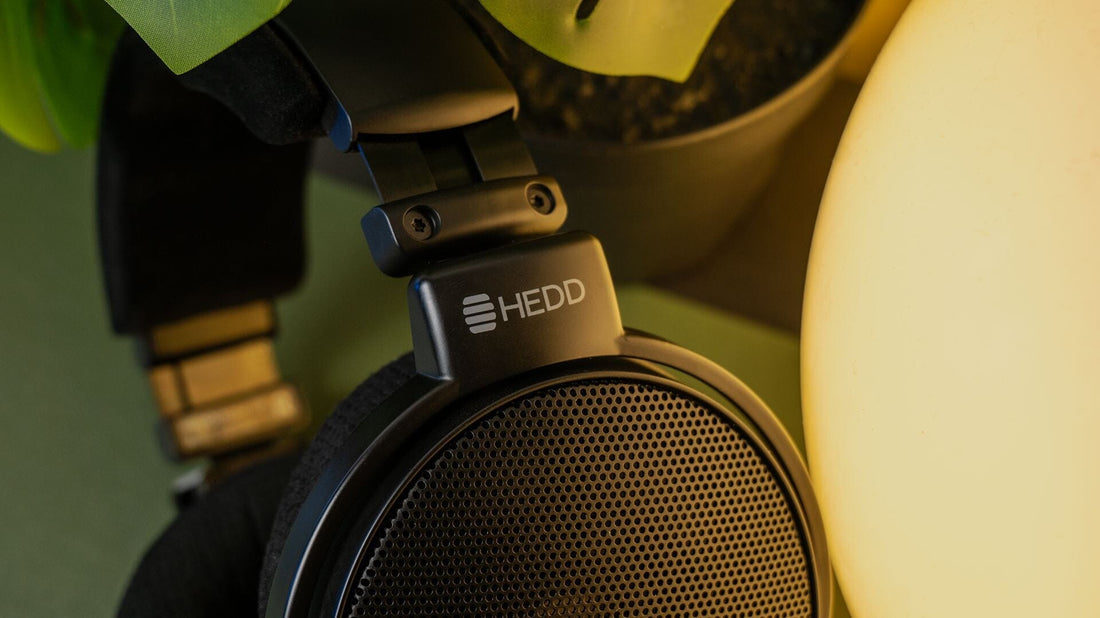
2025 is probably the best year for over-ear headphones in more than a decade. We saw more than a few extremely significant releases this year, so we think it makes sense for us to take a step back & take stock of what the best options in this market are, especially now that we’re nearing the end of our year and heading into the holidays.
While of course this year has seen a ton of new releases, a few old favorites still continue to stand the test of time. So let’s go through our choices for the best of the best in the “mid-fi” ($200-1000 USD) price bracket and talk about what we think make them the strongest headphone options in this market segment.

Open-back
Hifiman Edition XS and Sundara ($269-279)
We’re lumping these into one recommendation because the Edition XS and Sundara are both pretty great value picks, and we think if someone is looking for an inexpensive planar magnetic headphone, these are some of the first ones they should be considering.
To decide between them, ask yourself: are you going to be using EQ?
Hifiman Sundara Headphones | 2020 Edition
But if you’re thinking about using EQ, we would recommend the Edition XS instead for a few reasons, not least because its MSRP was higher than the Sundara once upon a time, and now its discounted to be even less expensive.
The Edition XS has a driver with larger surface area than the Sundara’s, which—because of how this factor affects the bass extension of the XS—makes it a better choice if you’re going to be doing EQ with measurements like the ones we’ve done at Headphones.com. That said, we would recommend buying a Capra Strap for the Edition XS, because the headband is going to be quite uncomfortable for people with smaller heads.
Additionally, Edition XS is often regarded as the best headphone for soundstage in the under $500 price tier, so if that’s a quality you’re interested in hearing for yourself, definitely consider Edition XS. Otherwise, the Sundara may be the better choice for those looking for a more “normal” headphone experience.
Hifiman Edition XS Headphones
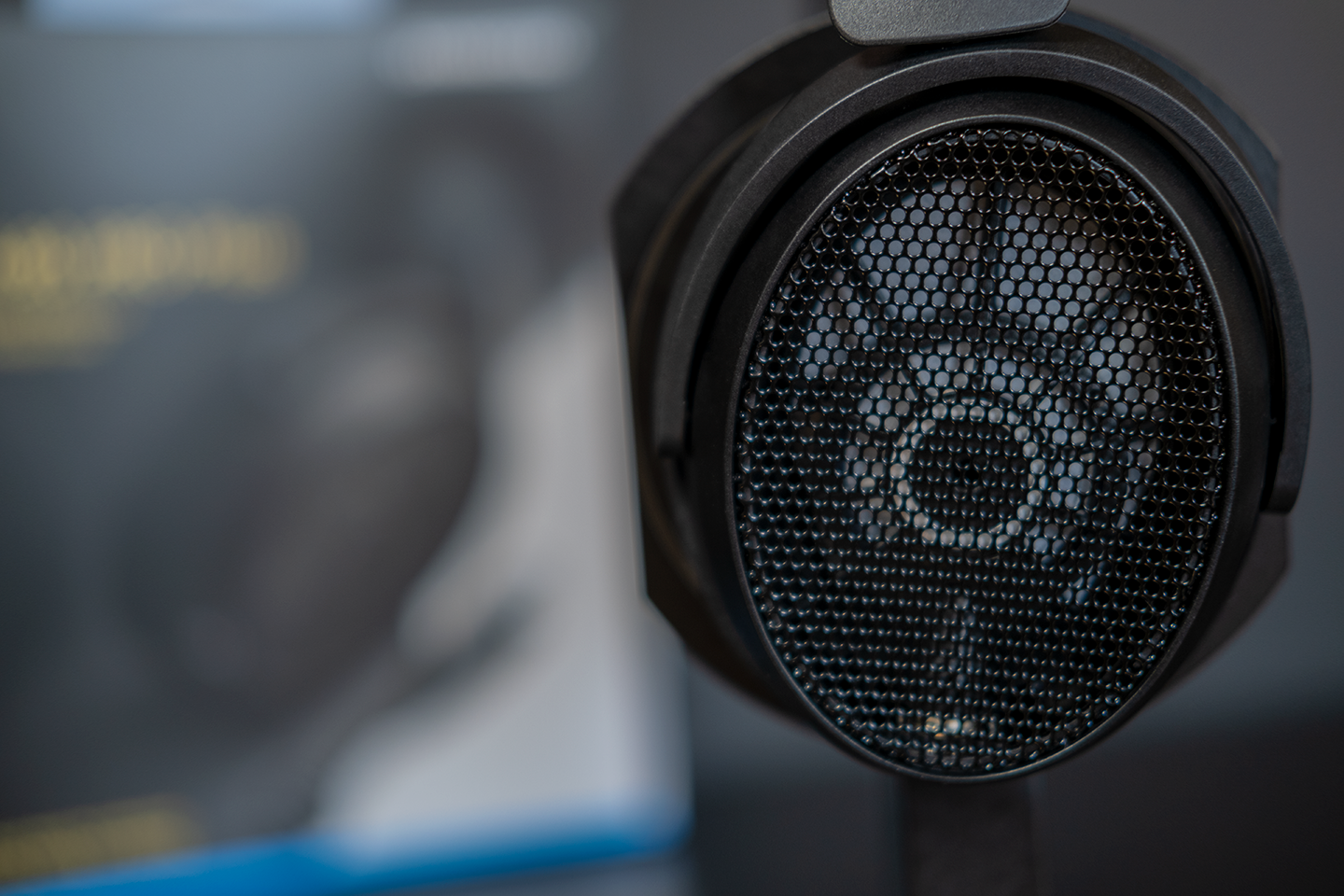
Sennheiser HD 490 Pro ($399-479)
The best part of the HD 490 Pro is its build and comfort, because it’s a sturdy, easy-to-wear headphone (even though we’d be happier with more headband padding).
It’s lightweight, looks great, and comes with a solid package of accessories—including two pairs of earpads—that makes for an all-around package that comes close to rivalling even the HD 600 when it comes to overall value.
While the HD 490 Pro boasts a much improved bass extension compared to HD 600, it’s not quite as well-tuned as the HD 600 in its midrange or its treble, where we find it to be a bit rougher and sandier sounding than the HD 600 or 650. Check out our review of the HD 490 Pro here to learn more about the sound.
So while HD 490 may not be an “all around” upgrade from HD 600, if comfort and bass extension is your priority, the HD 490 Pro is an awesome choice for that.
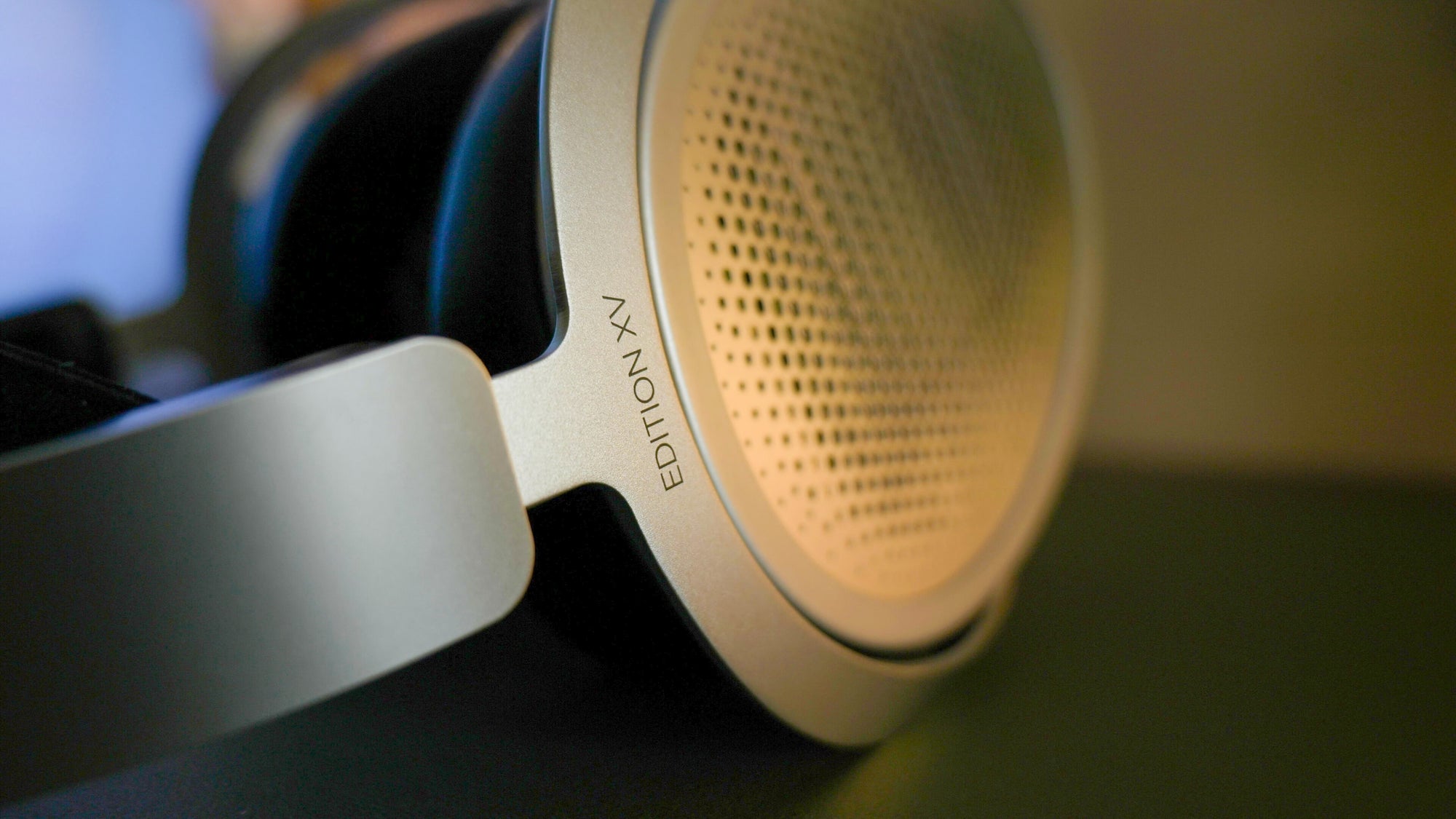
Hifiman Edition XV ($399)
All of the options so far have trended quite bright, so let’s dial it back and talk about something that’s much more reserved. Edition XV is HIFIMAN’s newest, most unique entry into the mid-fi price bracket, because it eschews the brightness typical of this brand’s headphones and opts for something much more warm, inviting, and “chill.”
While it also improves on the comfort of its predecessor Edition XS, implementing a suspension strap headband, we believe it also represents a natural evolution in sound quality from the less expensive HIFIMAN offerings. Whereas the HE400se, Sundara, and Edition XS are treble-focused headphones, the Edition XV is much more of a midrange focused headphone, while still offering that enveloping sense of spaciousness that HIFIMAN’s oval-shaped headphones are known for.
We recommend the Edition XS in particular to those who know they want a bright signature or are down to use EQ, but the Edition XV is great because it has most of the upsides of the Edition XS in a more comfortable chassis that isn’t quite so exclusive to treble-focused listeners, and we don’t believe it needs EQ to sound absolutely fantastic.
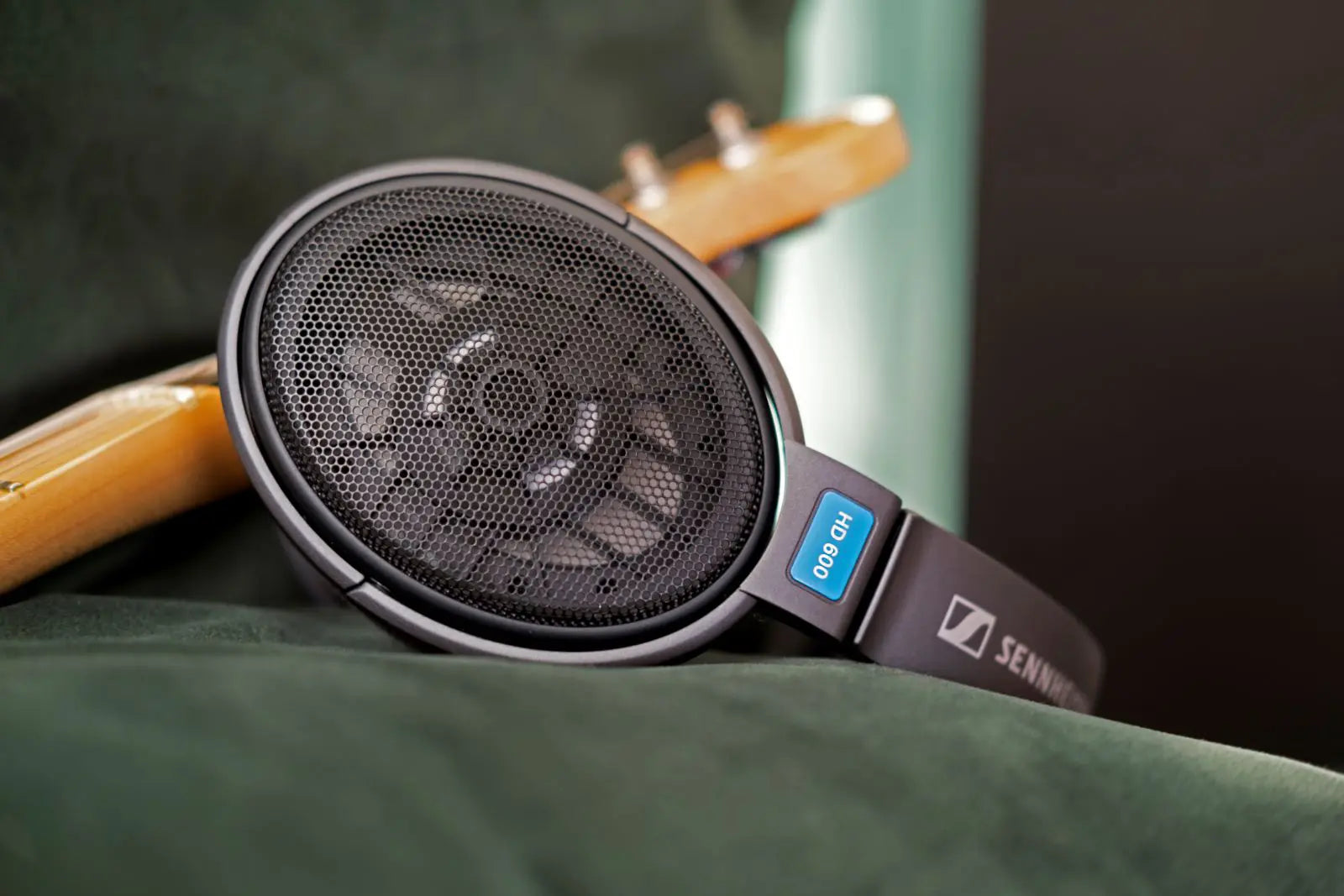
Sennheiser HD 600 ($449) and HD 650 ($499)
The HD 600 and 650 need no introduction. If you want a neutral, slightly sweetened headphone listening experience, the HD 600 has been one of the first choices for… more than 25 years now, and the HD 650 has been the king of warm-neutral headphones for only a little bit less time than that.
The reason these headphones have endured for so long is because it offers an exceptionally neutral sound profile while also having incredibly solid build quality, quality control pedigree, and user-serviceability. While it could be a bit more comfortable out of the box, users can fix most of the comfort issues by either buying a Capra Strap or by bending the metal arms outward to reduce clamp.
It wouldn’t be much of a list without the HD 600 and HD 650, but it’s also worth outlining why someone wouldn’t want to go for these classic options. If bass is the focus, or “soundstage” is the focus, HD 600 and 650 aren’t really excellent at capturing these aspects.
For everything else though, HD 600 and 650 remain two of the most well-balanced sounding headphones, which means they get a spot on this list—and likely always will.
Sennheiser HD 600 Headphones

Hifiman Arya Stealth ($599)
If you’re the kind of listener who’s considering buying the Edition XS because you want something bright, “detailed,” or spacious, then you should probably consider the Arya Stealth too, as it offers a more refined version of this sound signature with a more comfortable chassis.
The Arya is considerably more comfortable than the Edition XS due to its headband design. We also think Arya Stealth is way cooler looking, and with better build, as it has the benefit of considerable cup swivel.
Arya Stealth is also on a massive discount, which means if you want a Hifiman headphone, this is probably the mid-tier one to buy, considering it would’ve been more than twice the price on release. Like the Edition XS, due to potential excess brightness, Arya Stealth is especially recommended for those who are going to be using EQ.
Hifiman Arya Headphones | Stealth Magnets Edition

Focal Elex, Hadenys, and Clear ($499-790)
The Focal Clear is one of the few headphones in recent memory to honestly attempt grabbing the title of “HD 600 upgrade,” and even if it’s been around for a few years now, it’s still one of the audiophile space’s most respected choices thanks to its punchy bass, vivid midrange, and a treble that’s equal parts relaxed and intense.
Focal Clear Headphones
The Elex is basically the Clear but in black and with (maybe) a bit less refinement in the treble, thus Elex garners a similar level of respect—often even more due to being less expensive than Clear.
We still think Elex and Clear are probably the heaviest hitting over-ear headphones in this price category, so if you’re looking to see what the “dynamics” or “slam” that audiophiles often speak of are all about, Elex and Clear are the quickest path to hearing that for yourself.
Focal Elex Headphones
The Hadenys is Focal’s newest open headphone, sporting a lighter-weight chassis and a more bass-forward sound signature. While we would say it’s the least punchy of the three, we think many people may actually prefer it due to its more controlled midrange and its more prominent and enveloping bass signature vs the Elex and Clear.
Focal Hadenys
Warm, well-extended in the bass, with slightly texture-forward midrange and a bit of extra mid-treble spice, all of the Focal open-backs are some of Headphones.com’s best-selling headphones for good reason. They’re some of the only headphones in this price range that are worth every penny of what you pay for them (especially Clear and Elex at their reduced prices), and we think for the consumer looking for the next step after HD 600/650, Focal is probably the first place they should look to see what the higher tiers have to offer… or at least that was the case, before the next headphone on this list came around.

HEDDphone D1 ($799)
For listeners chasing that elusive “HD 600, but better” experience, HEDDphone D1 is the closest we’ve seen anyone come. And not just for sound, but build too, but first lets touch on sound.
Its midrange tuning is linear and lifelike, just like the HD 600’s, preserving the same natural timbre for vocals and acoustic instruments that so many headphones miss. The low end extends significantly more than HD 600 or 650, and treble has a slightly different shape to it, having a bit more mid-treble and a bit less upper treble than the HD 600; a peak around 10–11 kHz may sound a little sharp to some listeners depending on clamp and fit.

HEDDphone D1’s industrial design feels professional and intentional: every part is serviceable or replaceable, and if anything goes wrong that the end-user can’t fix, it carries HEDD’s five-year warranty. At 350g, it’s sturdy without being heavy, and the reasonably deep, ear-shaped pad openings and balanced clamp make it easy to wear for long sessions once properly adjusted.
D1 reads as potentially the most “grown-up” neutral upgrade in its price class. It’s more complete and natural in timbre than Focal’s Clear even if it doesn’t punch quite as hard, but unlike the clear, HEDDphone D1 genuinely improves on the HD 600’s main —expanding its bass reach, staging, and sense of dynamics—while maintaining its tonal accuracy and directness.
In a year full of standout releases, the HEDDphone D1 feels like a landmark moment for both HEDD and the market for neutral tuning as a whole. For anyone who loves the HD 600 but wants a more extended, modern take on that sound, something that still feels like it was purpose-built for delivering the best experience possible in as many aspects as possible, we think this is the neutral headphone to beat in this price range.
HEDD Audio HEDDphone D1 Headphones
Closed-back
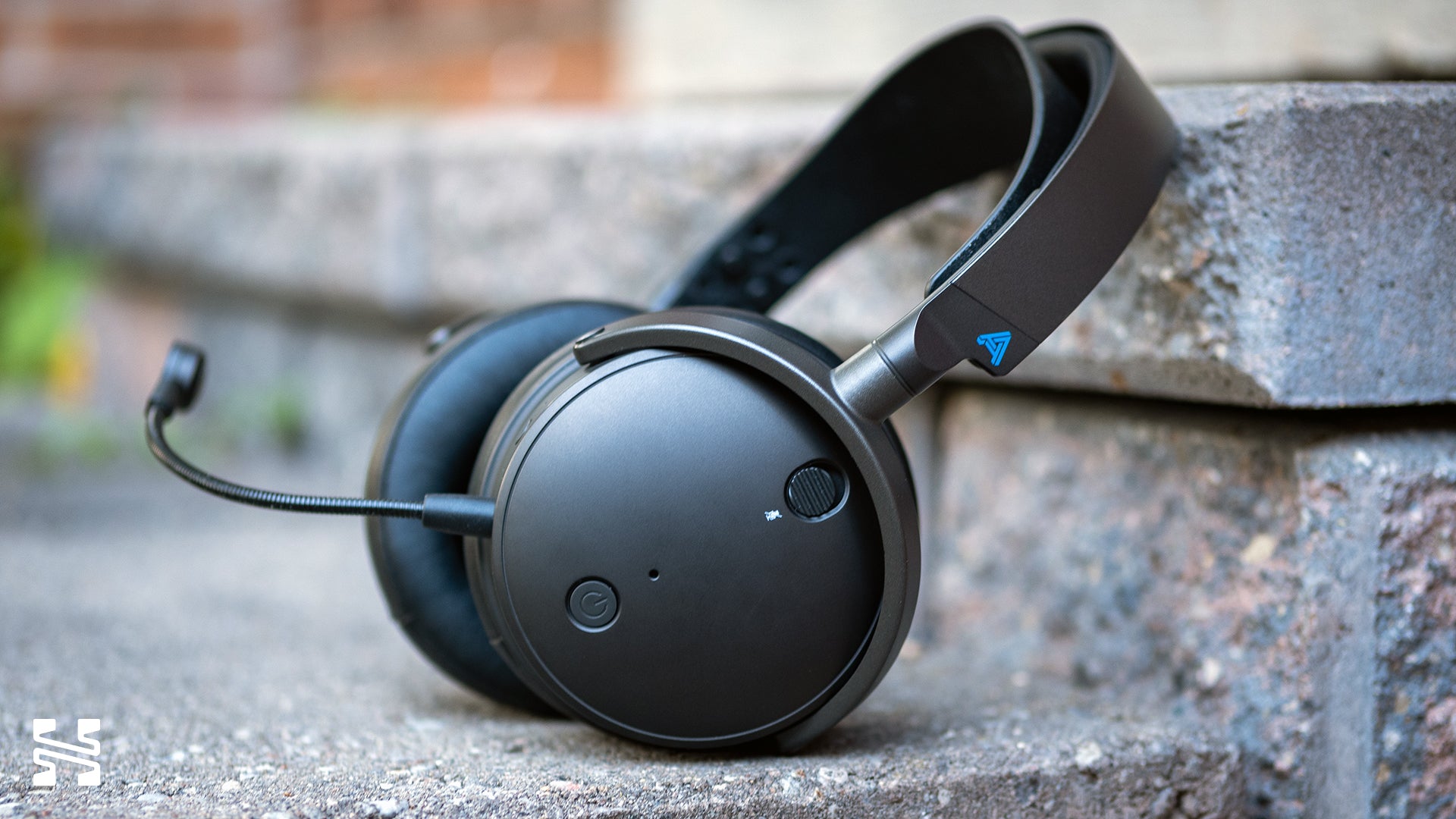
Audeze Maxwell ($300)
Only two years old and already a modern classic. With Maxwell, Audeze made what is today probably the best sounding closed back headphone under $500… and it’s a wireless gaming headset.
Maxwell has very little right sounding as good as it does, and it’s all thanks to the use of internal DSP. Big bass, a warm neutral midrange, and inviting but present treble all come together in the Maxwell to be what may be the easiest recommendation we can give in the realm of closed-back headphones.
Yes, it’s a headset for gamers, but even without its litany of features—built-in microphone noise cancellation, onboard EQ storage, 80-hour battery life—it’s a seriously impressive sounding headphone. Check out Resolve’s review that gets deep into the features here!
It’s not necessarily portable due to the limited headband adjustment, lack of foldability, and considerable weight, but for anyone who wants audiophile sound in an at-home headset with the freedom of wireless, Maxwell gets an enthusiastic thumbs up from everyone at Headphones.com.
Audeze Maxwell Wireless Headphones

Focal Azurys ($550)
Azurys has a similarly warm and inviting signature across the board to the Maxwell, but this is arguably even more impressive due to the fact that Azurys is completely passively tuned and considerably lighter.
Azurys is similar to the FiiO FT1 in that it doesn’t have the thin, hyped midrange typical of most closed headphones, but unlike FT1 it has a relaxed upper treble response that is much less likely to offend treble-sensitive listeners.
If there’s a downside to the Azurys though, it’s that it likely won’t be the most “fun” listen for those who actually enjoy the hyped responses of typical closed headphones. Because of its intentionally warm/thick response, it’s also not the most dynamic-feeling closed back out there. There’s also a chance of a slight bit of extra 3.5 and 6 kHz elevation bothering people depending on personal factors like head width.
We really like the Azurys, but it’s not likely to be perfect for everyone. Closed backs are very sensitive to individual anatomy, but for us, Azurys offers a more relaxed and normal-sounding listen than most closed back headphones out there, and that’s why we like it so much.

Conclusion
As always, buyers do not need to spend crazy amounts of money to get a headphone experience that is truly special. While some of the best headphones of the year are a bit more expensive, we still totally stand by everything in the less expensive price brackets of this list too.
Any of these picks will serve as a strong starting point—or a worthy addition—to one’s audiophile journey, and we fully encourage people not to worry too much about picking the right thing. Music is the reason we’re here, so the most important thing is just to pick anything, so you can get to the fun part and start listening to music!


